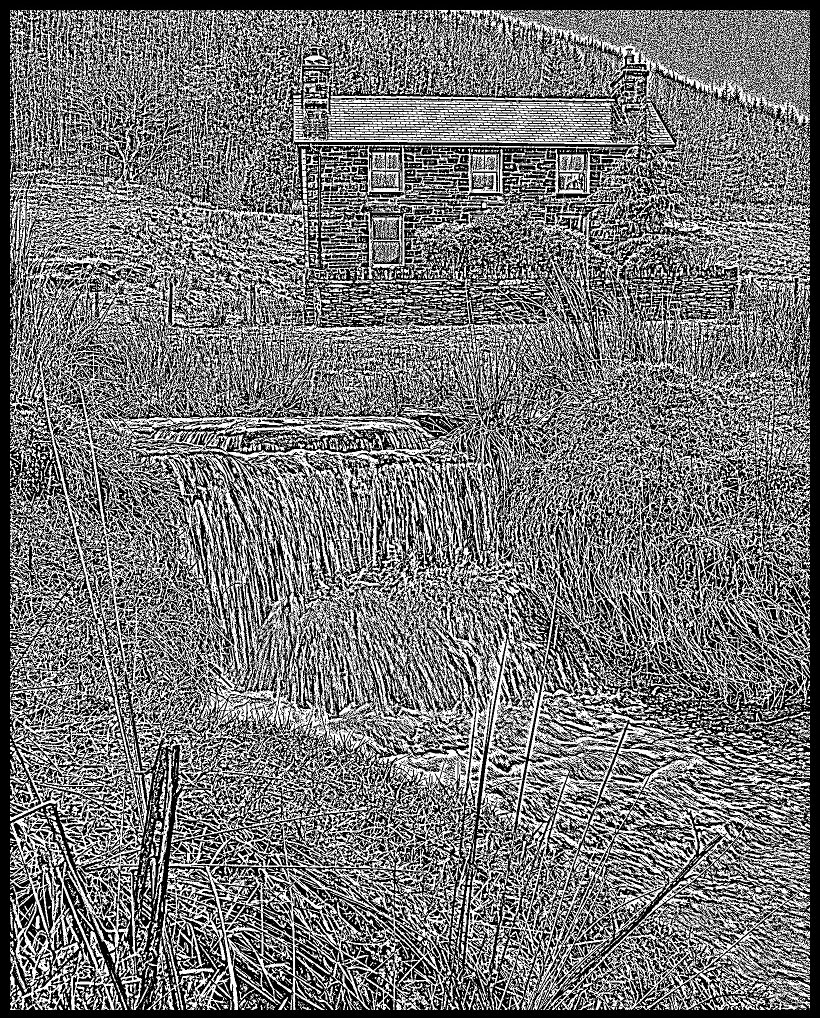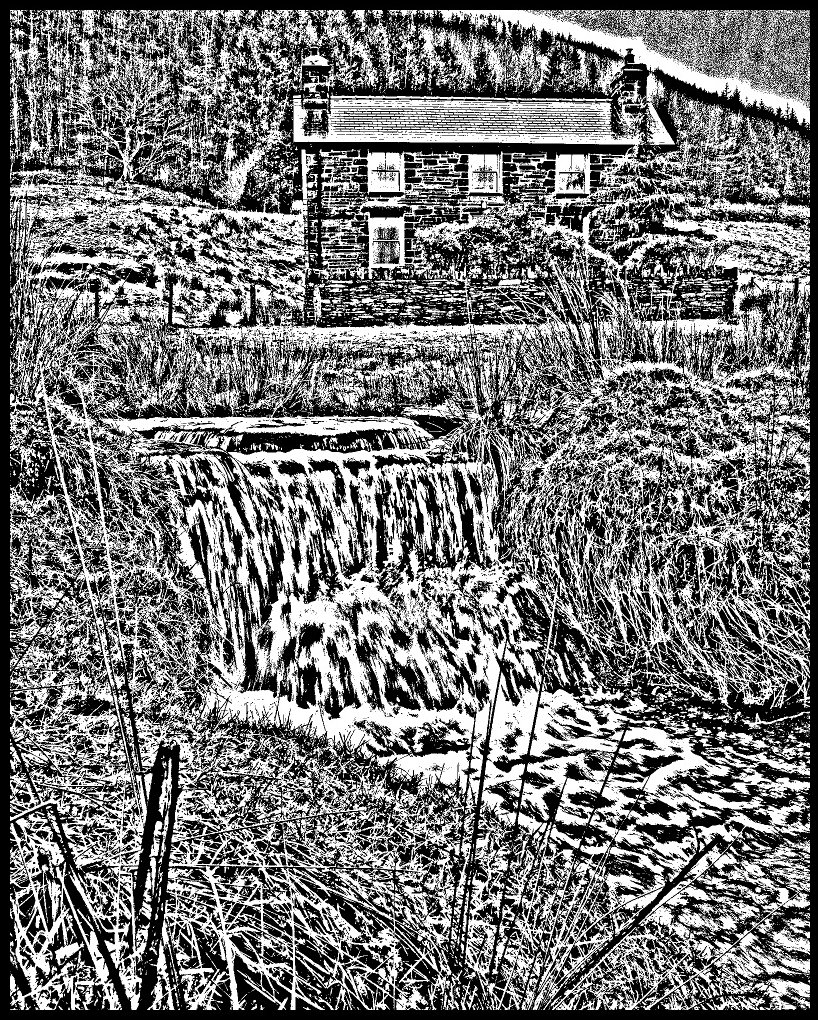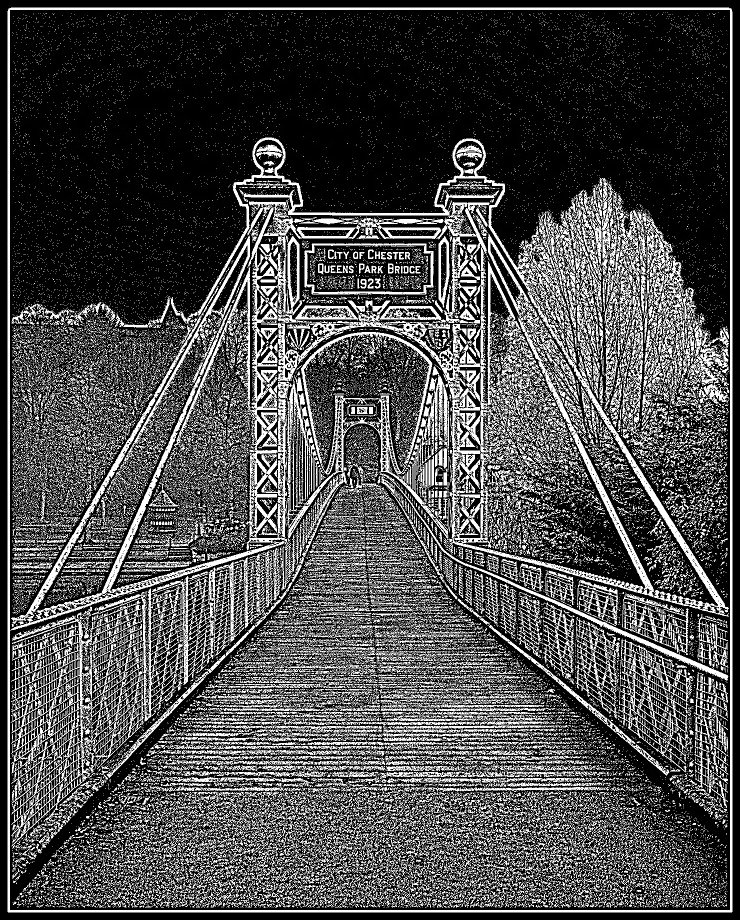Mr Perceptive
Perceptive Member
Hello David,
That's a great portrait enhanced by your technique, I can see how it would work but I bet the code to make it do so is very complex, fair play to you for sorting it out.
Cheers - J
Its a tool that's within a Machine Vision Environment, a bit like a tool within Photoshop. The environment is actually free to download (a licence key is required to get it to talk to the outside world, ie have a camera or digital I/O connected). If anyone wants a go, then I'm happy to point in the right direction, and send a script to them with instructions that runs the analysis that I did.
A little more explanation, A Local Adaptive Threshold, places a grid over the image, and then in each cell it performs a Mean Threshold. This effectively applies a threshold at a mean value of the grey pixel values within that cell. The threshold value then depends on the contents of the cell.
This tool allows me to adjust the grid size (in pixels) and alter the threshold around the mean, ie I can set it to be 2 grey values above the mean for instance.
With very small parameter changes you can alter the result quite dramatically. One is a grid sizer of 10x10 the other 50x50







